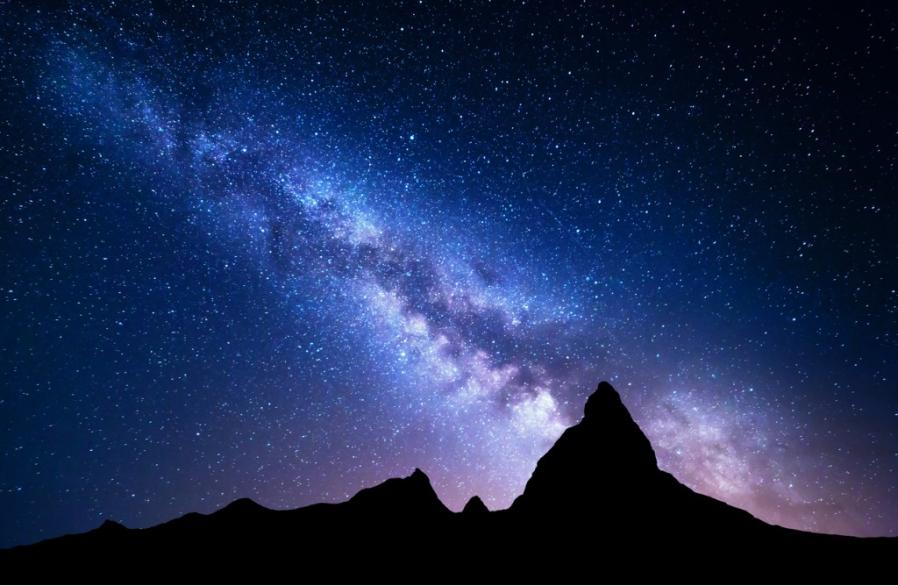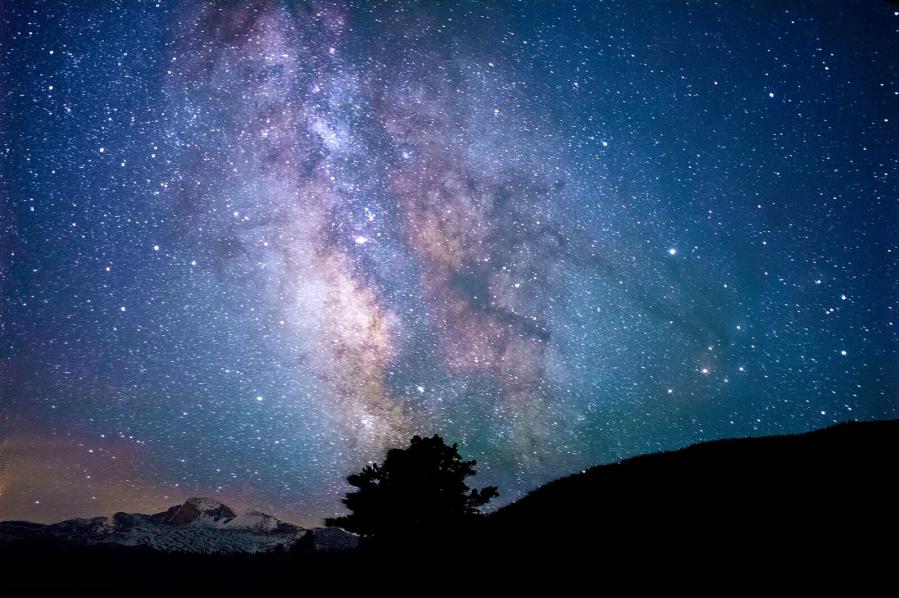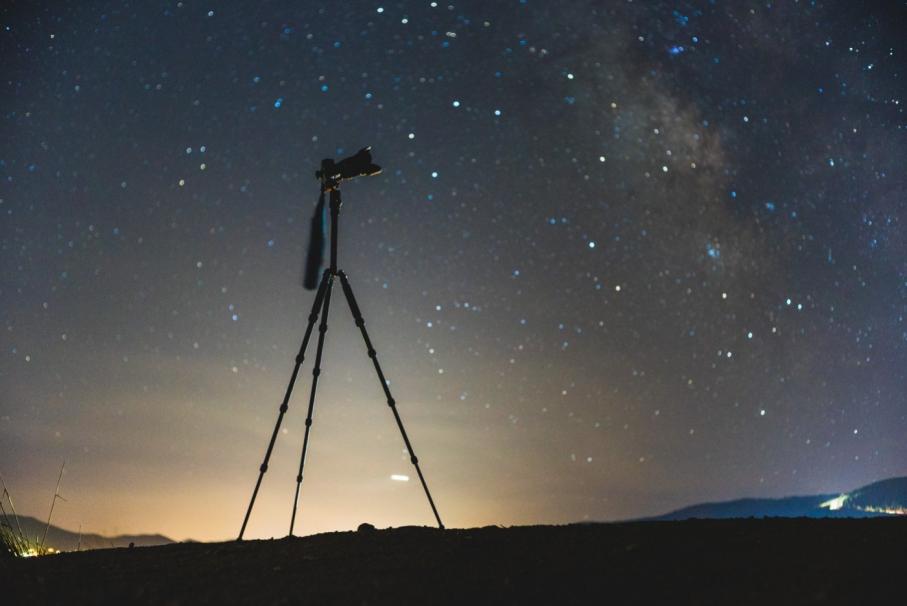How Do I Choose the Right Lens for Northern Lights Photography?
Northern lights photography is a unique and challenging genre that requires careful planning and the right equipment to capture stunning images of this natural phenomenon. Choosing the right lens is crucial for successful aurora photography, as it can significantly impact the composition, sharpness, and overall quality of your images.

I. Understanding Lens Properties
Focal Length: Wide-Angle vs. Telephoto Lenses
The focal length of a lens determines its field of view and magnification. When choosing a lens for northern lights photography, you'll need to consider whether you want to capture the vastness of the aurora or focus on specific features and details.
- Wide-Angle Lenses: Wide-angle lenses offer a broad field of view, allowing you to capture the entire aurora display in a single frame. They are ideal for capturing the grandeur and scale of the aurora, especially when it fills the sky.
- Telephoto Lenses: Telephoto lenses have a narrower field of view, allowing you to isolate specific features and details of the aurora, such as curtains, rays, and coronas. They are useful for creating more intimate and dramatic compositions.
Aperture: Controlling Depth of Field and Light Gathering
The aperture of a lens controls the amount of light that enters the camera. It also affects the depth of field, which is the range of distances that appear sharp in an image.
- Wide Aperture Lenses: Lenses with wide apertures (low f-numbers, such as f/2.8 or wider) allow more light to enter the camera, making them ideal for capturing faint auroras or shooting in low-light conditions. They also create a shallow depth of field, which can be used to isolate the aurora from the foreground and background.
- Narrow Aperture Lenses: Lenses with narrow apertures (high f-numbers, such as f/8 or higher) allow less light to enter the camera, resulting in a deeper depth of field. This is useful for capturing sharp images of the aurora and the surrounding landscape.
Image Stabilization: Minimizing Camera Shake for Sharp Images
Image stabilization is a crucial feature to consider when choosing a lens for northern lights photography, especially in low-light conditions. Camera shake can easily blur your images, ruining your shots.
- Importance of Image Stabilization: Image stabilization helps to minimize camera shake by compensating for unwanted movement. This is especially important when shooting at slow shutter speeds, which are often necessary for capturing the aurora.
- Types of Image Stabilization: There are two main types of image stabilization: optical image stabilization (OIS) and sensor-based image stabilization (IBIS). OIS uses movable lens elements to counteract camera shake, while IBIS uses a movable sensor to achieve the same effect.
II. Selecting The Right Lens For Different Scenarios
Wide-Angle Lenses: Best for Capturing the Entire Aurora Display

Wide-angle lenses are the best choice for capturing the entire aurora display in a single frame. They allow you to take in the vastness of the aurora and the surrounding landscape, creating awe-inspiring images.
- Examples of Suitable Wide-Angle Lenses: Some popular wide-angle lenses for northern lights photography include the Canon EF 16-35mm f/2.8L III USM, Nikon AF-S NIKKOR 14-24mm f/2.8G ED, and Sony FE 12-24mm f/4 G.
Telephoto Lenses: Ideal for Isolating Specific Features and Details
Telephoto lenses allow you to focus on specific features and details of the aurora, such as curtains, rays, and coronas. They are useful for creating more intimate and dramatic compositions.
- Examples of Suitable Telephoto Lenses: Some popular telephoto lenses for northern lights photography include the Canon EF 70-200mm f/2.8L IS III USM, Nikon AF-S NIKKOR 70-200mm f/2.8E FL ED VR, and Sony FE 70-200mm f/2.8 GM OSS.
Considerations for Different Types of Aurora Displays

The type of aurora display can also influence your lens choice.
- Diffuse Auroras: Diffuse auroras are characterized by a soft, glowing appearance and lack distinct structures. Wide-angle lenses are best suited for capturing these types of auroras.
- Structured Auroras: Structured auroras, such as curtains, rays, and coronas, have more defined shapes and features. Telephoto lenses are ideal for isolating and capturing the details of these auroras.
Tips for Choosing the Right Lens Based on Camera Type and Budget
- Camera Type: Consider the type of camera you have when choosing a lens. Full-frame cameras have larger sensors than APS-C cameras, so they require lenses with wider image circles to cover the entire sensor. APS-C cameras can use lenses with smaller image circles.
- Budget: Lenses can vary significantly in price. Set a budget before you start shopping to help narrow down your options.
Additional Factors To Consider
Lens Quality: Investing in High-Quality Glass for Sharp Images
Investing in a high-quality lens is essential for sharp and detailed images. Look for lenses with high-quality optical construction and lens coatings to minimize aberrations and ensure optimal image quality.
Weather Resistance: Protecting the Lens from Harsh Conditions
Northern lights photography often takes place in cold and snowy environments. Choose a lens with weather sealing to protect it from moisture, dust, and extreme temperatures.
Compatibility with Camera and Accessories
Ensure that the lens you choose is compatible with your camera body and any filters or accessories you plan to use. Check the lens mount and filter thread size to ensure compatibility.
Choosing the right lens for northern lights photography is crucial for capturing stunning images of this natural phenomenon. Consider factors such as focal length, aperture, image stabilization, and the type of aurora display you want to capture. Invest in a high-quality lens with weather resistance and ensure compatibility with your camera and accessories. With careful planning and the right lens, you can create breathtaking images of the northern lights that will leave you and your viewers in awe.
YesNo

Leave a Reply